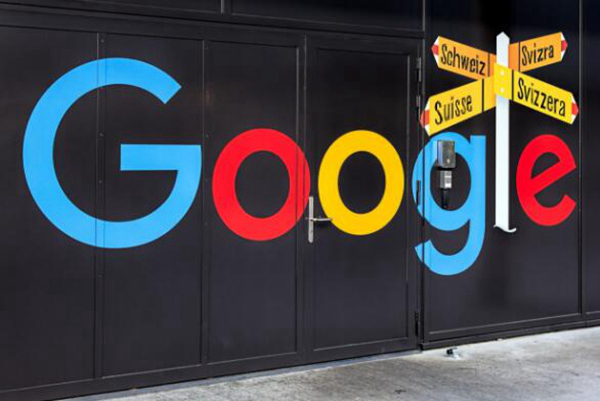Recently, tech publication The Information reported that Google has decided to split its AI assistant Pixie project to avoid competition with its cross-platform Gemini project. According to the report, Google CEO Sundar Pichai made this adjustment after internal assessment.
Parts of the Pixie project have been integrated into the Pixel phone's "screenshot app," while the remaining technology has been incorporated into Gemini's multitasking capabilities.
Pixie was originally developed as a new AI assistant for Google's upcoming Pixel 9 series. Based on Google's self-developed Gemini Nano model, it aimed to surpass the existing Google Assistant by efficiently executing cross-application tasks. However, Google realized during development that Pixie's functionality would directly compete with Gemini, leading to the decision to split and integrate.
Specifically, the Pixel screenshot app now incorporates some of Pixie's capabilities to enhance the local user experience. Users can more easily take screenshots and perform related actions, improving the Pixel phone's usability. Meanwhile, the remaining technology will be used to enhance Gemini's multitasking capabilities, making it more efficient at handling complex tasks.
Although the Pixie project didn't launch as planned, reports suggest Google may develop a new tool called "Pixel Sense" for the future Pixel 10. Tech media speculate that Pixel Sense might focus on specific functionalities rather than being a comprehensive assistant.
This split and integration reflects not only Google's internal reassessment of projects but also its determination to continuously adjust its AI strategy. Faced with intense market competition, Google seems to prioritize focusing resources on core projects that enhance user experience to maintain its leading position in the tech industry.










